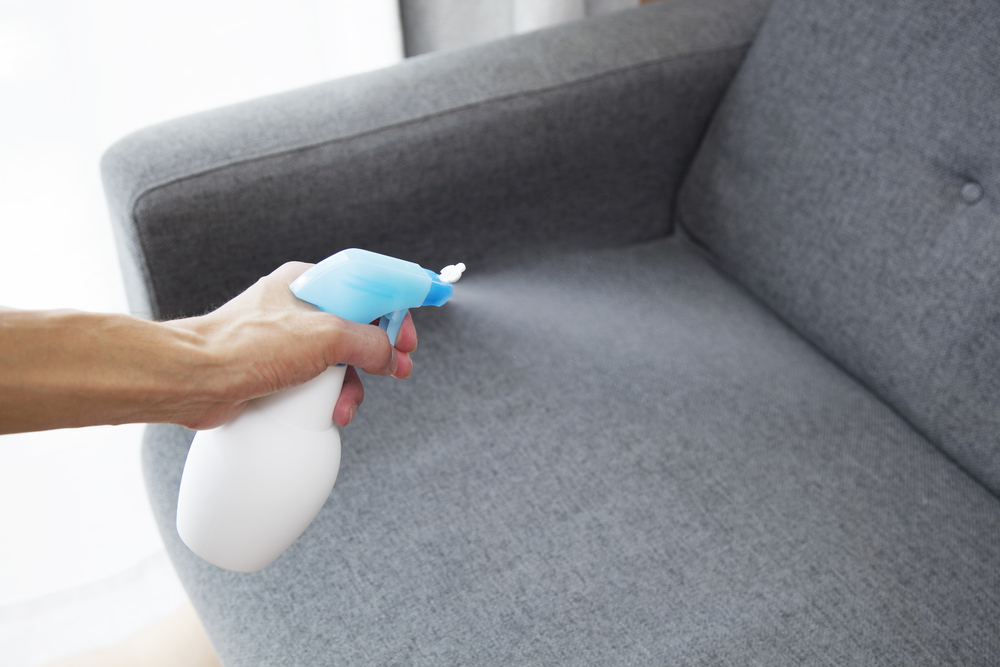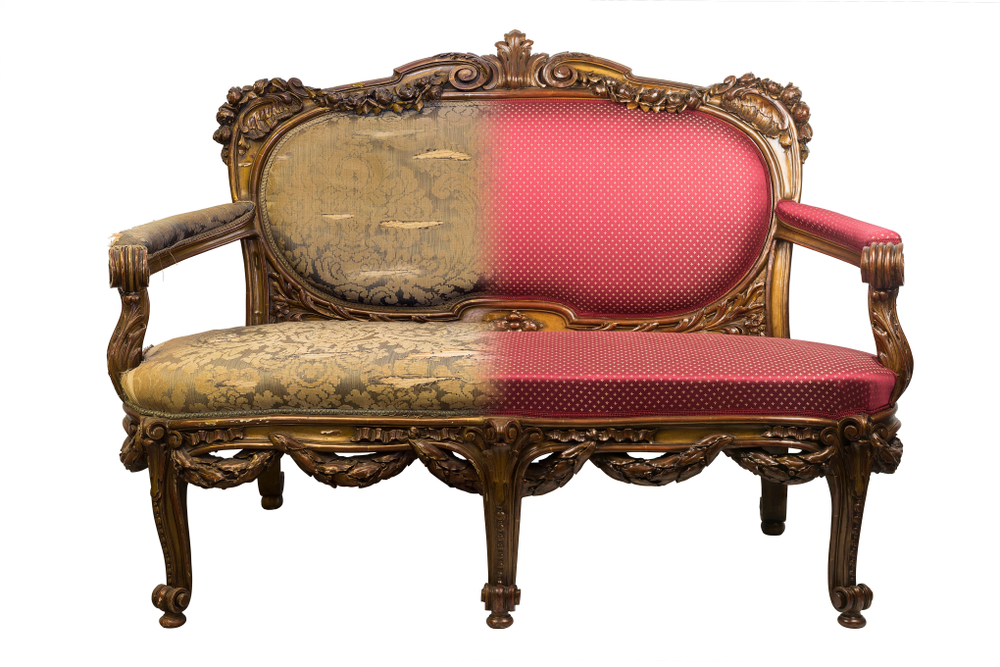Couch cushions can either make or break a well-worn couch that has been loved by your family for many years.
However, over time they can begin to sag, and feel uncomfortable to sit and lean against causing you to wonder: How can I make my couch cushions firmer?
In this article, I cover a few methods you can take to make your couch cushions firmer, from how you can revive your couch cushions to which filler is the best for sofa cushions, so you have a few techniques up your sleeve on how to tackle maximizing the comfort of your couch.
Keep reading to find out more.

How can I revive my couch cushions?
As the place you go to take the stress of the day off, the couch is a well-loved location in your home. However, over the years of frequent use, your cushions could do with some extra attention.
Not only are sagging couch cushions uncomfortable, but they can be unsightly and ruin the look of your otherwise tidy living room.
So, what can you do to breathe a new lease of life into your couch cushions? Below are a few methods that you can take to revive your couch cushions.
Re-stuff the cushions
A great option to revive your couch cushions is to restuff them. Tip: Before you begin, have a look inside your cushions to see the type of filling that is already inside your cushions. If your couch cushions are made out of foam, you can buy a new foam core and cut it to replace the old foam.
That being said, if your cushions are filled with down, plastic, or cotton stuffing, you can simply add more stuffing to even out where the cushion is lacking filling and you will have a plumper cushion as a result.
To begin, you will need to start by unzipping your couch cushions. If your sofa cushions have no zippers, you could open the pillow with a thread cutter, being mindful that you’ll have to resew them at the end of this process.
Next, you’re going to add more stuffing to your cushions. Both quilt batting or polyester fiberfill are great for re-stuffing cushions. If your cushions are filled with loose stuffing, stuff them with polyester fiberfill.
The great thing about this is that you don’t need to take any of the current stuffing out of the pillows. Simply use your hand to distribute it evenly.
Lastly, you’re going to want to zip your couch cushions up before giving them a good plump. Place the cushions back on the couch and voila! You should have plumper, comfortable cushions to relax on!
Fix structural issues
Addressing the structure of the couch will be hugely beneficial to the comfort of your couch cushions.
You’re going to want to start by supporting your couch cushions. There are different types of supports you can buy to place under your couch cushions to give them more firmness.
You can also try placing a piece of plywood underneath the couch cushions. Measure the space underneath the sofa cushions carefully. Once you’ve cut it, place it underneath the cushions and you should feel more support underneath the cushions with the couch sagging less.
Lastly, you’ll want to flip the couch over to check if there are any broken springs that you need to fix, being careful to bend them back into place if they need to be.
What is the best filler for sofa cushions?
The answer to this question will largely depend on the couch that you already have, as the easiest way to replace the filling of your sofa cushions without replacing the cushions themselves is to just top them up by filling out the sparse areas.
That being said, if you’re choosing a new couch and you’re trying to decipher which is the best filler to opt for, then the answer will largely depend on your preferences and what you’re looking for and need out of your lounging experience!
For instance, if you want low-maintenance sofa cushions that provide a good amount of support, foam-filled might be the best choice for you. Foam sofa cushion filling provides firm support and keeps its shape even after frequent use.
Foam is a great filler for sofa cushions as it is incredibly low maintenance, as you don’t need to consistently fluff them up to maintain their desirable plumpness and they last for years to come without losing their shape.
Fiber fillings are usually made of polyester and are often chosen by people that are allergic to feathers. There are two main types of fiber that you can choose from, blown fiber that provides a super-soft feel, and pocket fiber that provides a fluffier, bouncier feel.
Generally speaking, fiber filling requires a bit more upkeep than foam to preserve its appearance and is commonly used for back and arm fillings.
Alternatively, feather is by far the softest of sofa cushion fillings. Generally, duck feathers are commonly used to fill sofa cushions, and they offer the most plush experience in comparison to foam or fiber.
That being said, they require the most maintenance and can be much harder to care for, so this is something that you’ll need to be mindful of when making your choice.
When choosing the right sofa cushion filler for you, you will need to consider your own personal preferences and requirements. For instance, if you have back problems, you might require much more support.
Alternatively, if you know that you are allergic to feathers, then buying down feather sofa cushions obviously will not be the right option for you.
As a couch is something you’re going to be using on a regular, if not daily basis, you need to make sure that it caters to your every need. That being said, you can afford to be choosy with your sofa cushion’s filler to ensure that you get the most use out of your couch!






